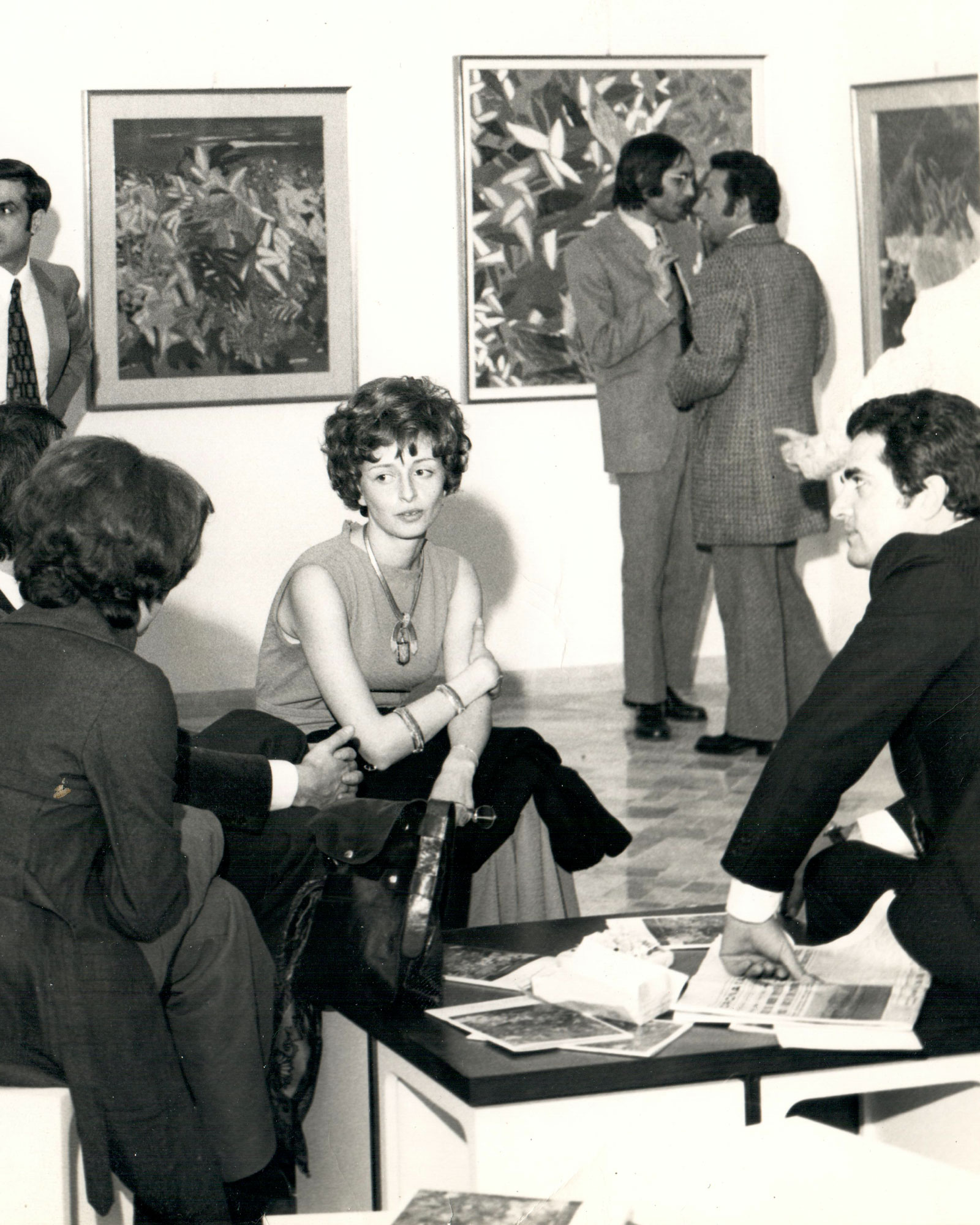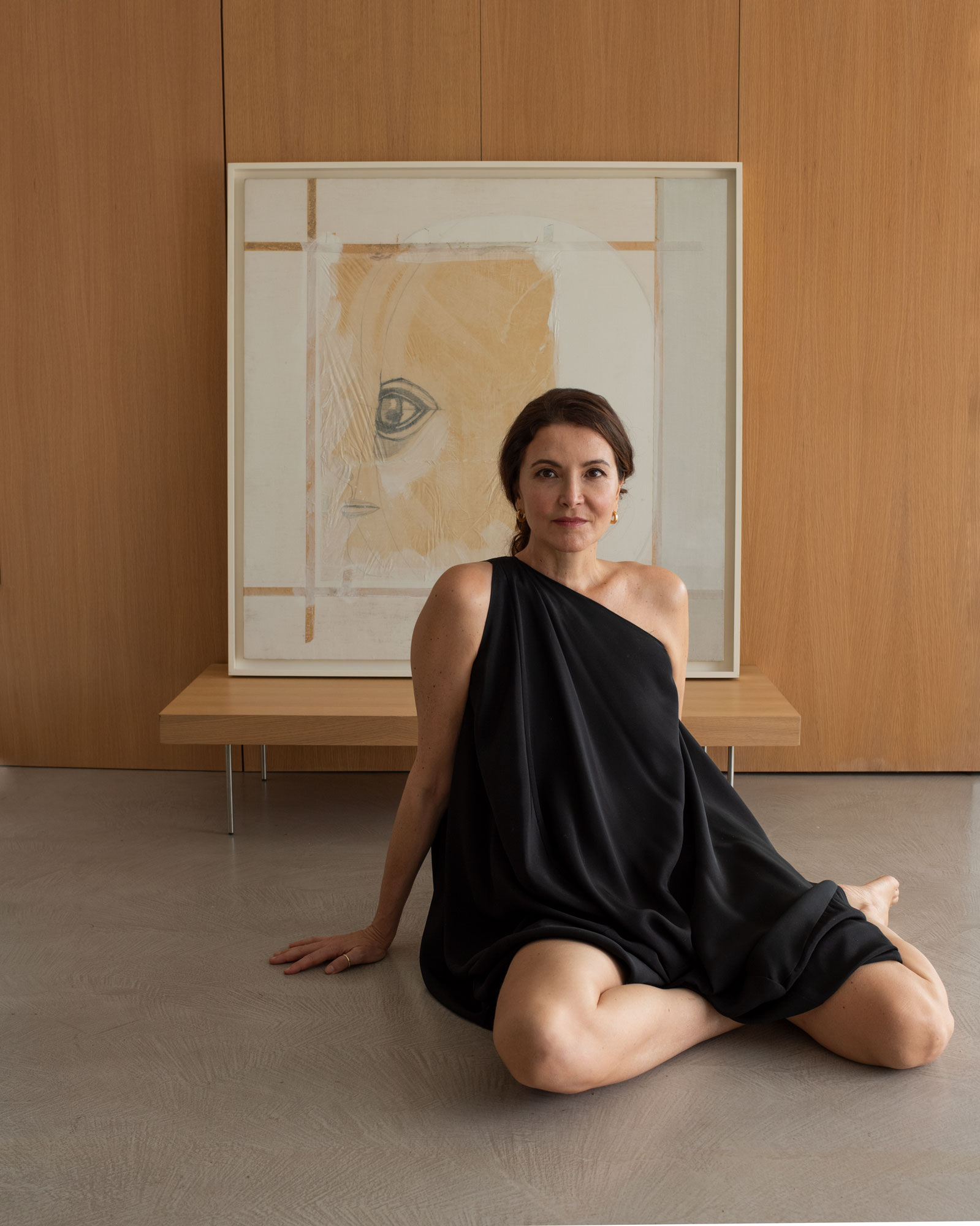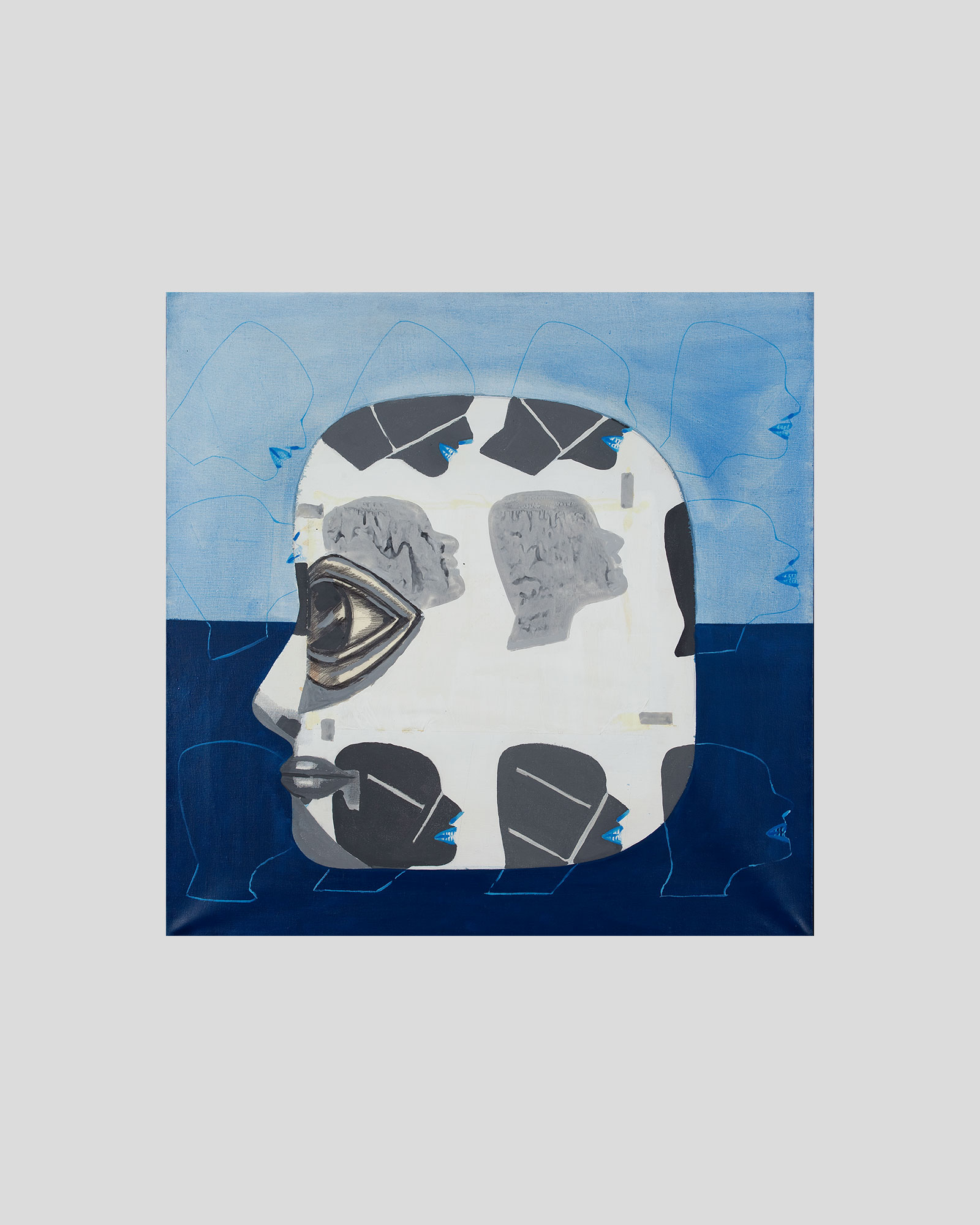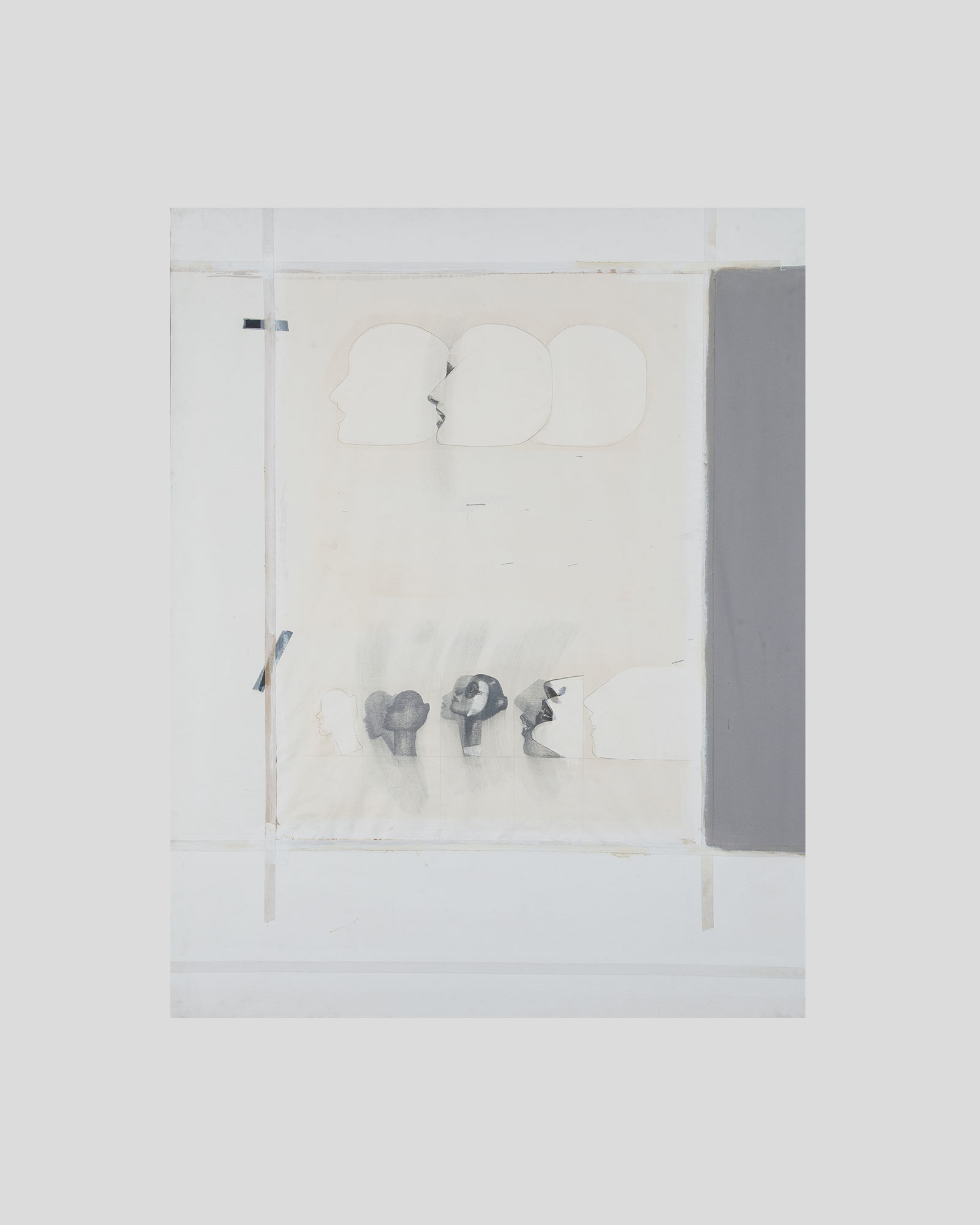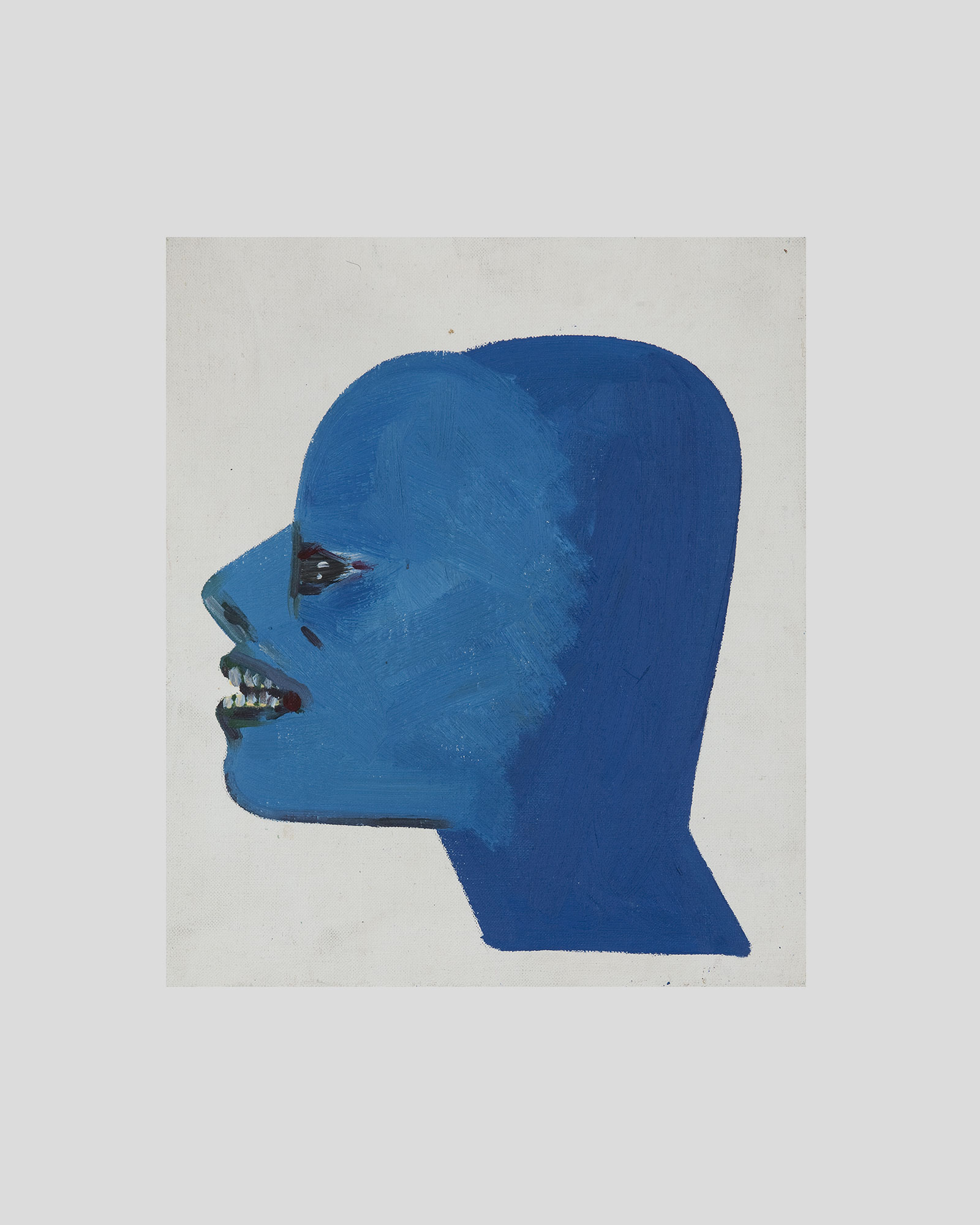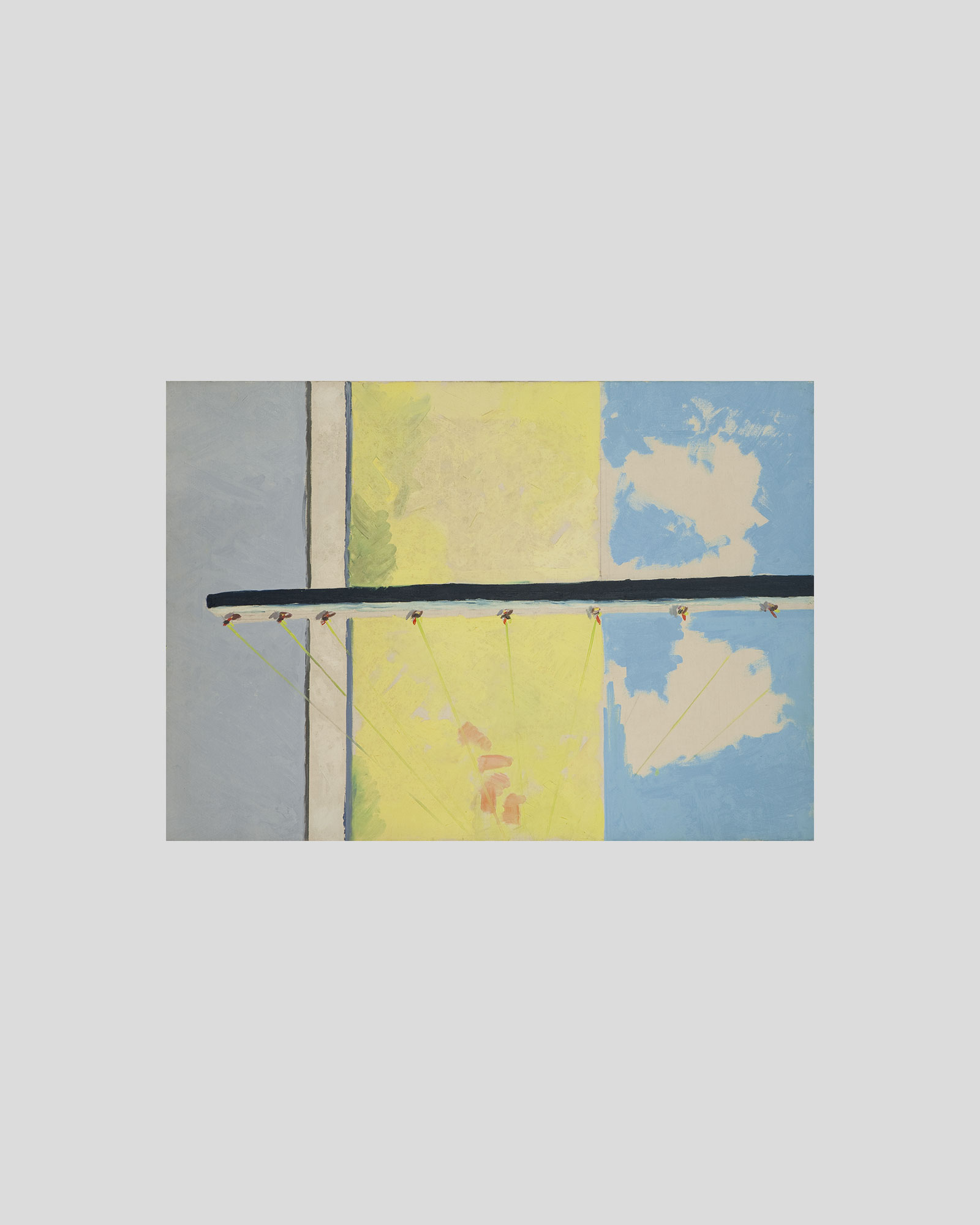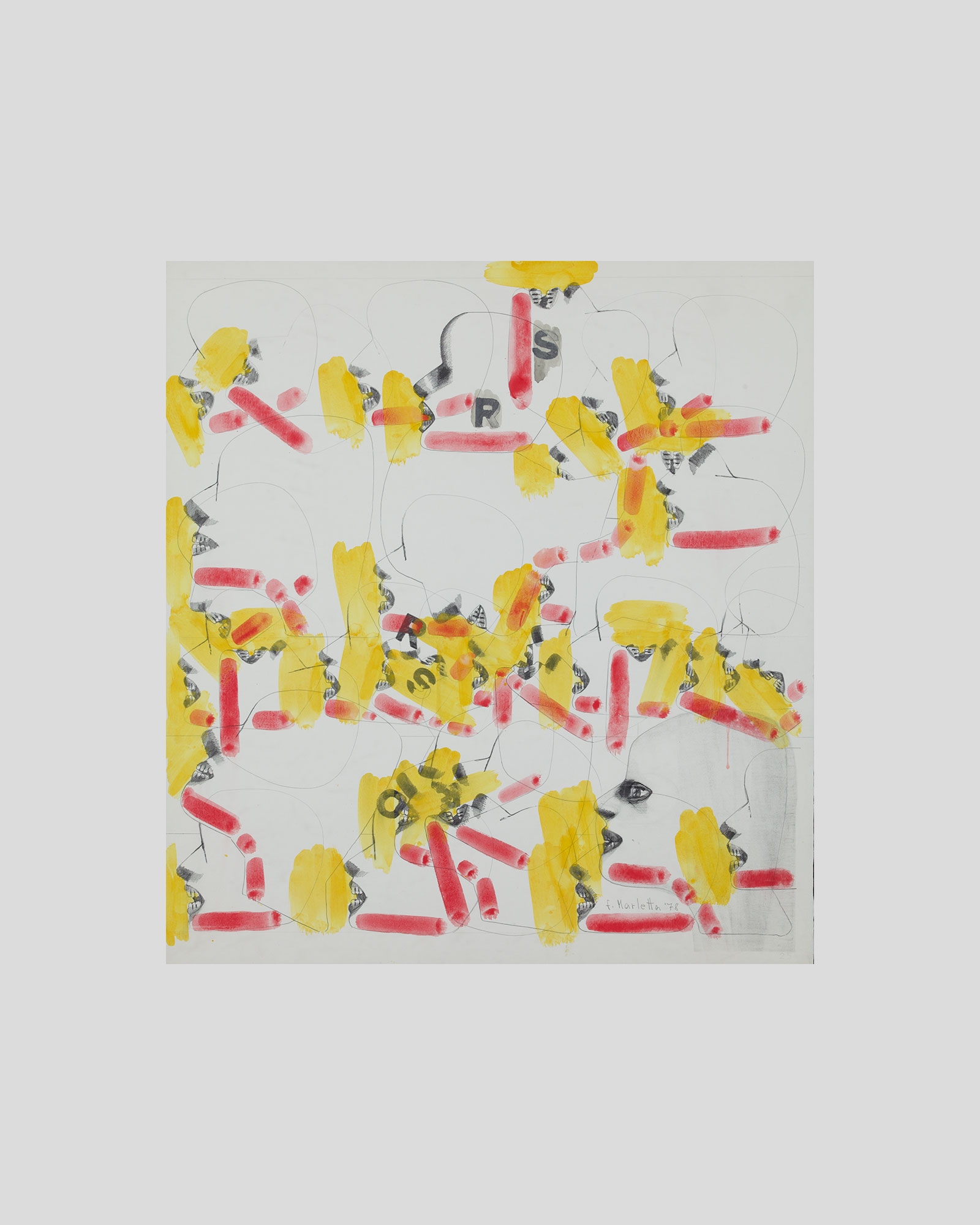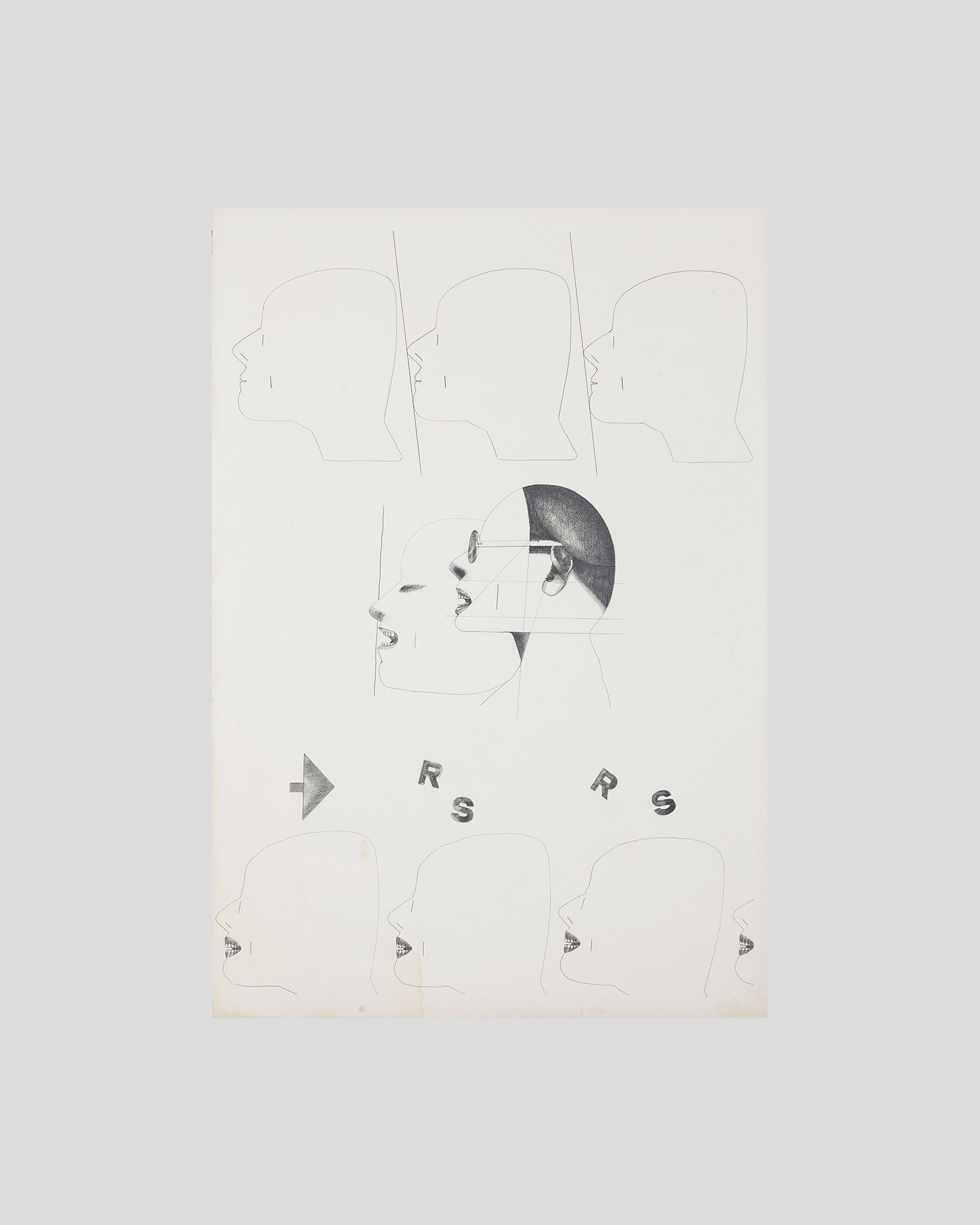THE ESTRANGED DAUGHTER OF FRANCO MARLETTA
TAKES POSSESSION OF A LOST LIFE STORY IN AN INHERITANCE OF 2000 PAINTINGS
TEXT: PHILIPPINE DUPLAT
PORTRAIT: CHRISTIAN WITKIN
THE ESTRANGED DAUGHTER OF FRANCO MARLETTA
TAKES POSSESSION OF A LOST LIFE STORY IN AN INHERITANCE OF 2000 PAINTINGS
TEXT: PHILIPPINE DUPLAT
PORTRAIT: CHRISTIAN WITKIN
Untitled 0723 (1975-1976)
oil, collage, pencil on canvas
100 × 100 cm
Untitled 0722 (1975-1976)
oil, collage, pencil on canvas
140 × 110 cm
Untitled 1010 (1979)
oil on canvas
30 × 25 cm
Untitled 0055 (1965)
oil on canvas
70 × 50 cm
Untitled 0931 (1978)
mixed techniques on paper
75 × 69 cm
Untitled 0745 (undated)
pencil on paper
100 × 70 cm
HAIR and make up
natalia kozlova
Dress
aliona kononova
Franco Marletta was born in Catania in 1936, graduating from its art institute before moving to Milan and Brianza to exore their diverse cultural scenes. He exhibited his art at the important galleries of the time, and he had his first solo exhibition in Milan at only thirty-two years old. Marletta had numerous solo shows around Italy in the 1970s. In 1972, he moved to Turin, where he married a daughter of the Pellegrini banking family, which was an unusual step on the path of an artist. He and his wife had one daughter, Giulia. Written about by the influential art critics of the time, Marletta’s spotlight faded when, in the eighties, his mental health deteriorated, causing him to leave his family and become estranged from friends and work. In the whirlwind that was the art world of the 80s, his exhibitions slowly dwindled until 1991, when he stopped painting entirely. The following years are full of unknown queries, gaps, and questions. Having abandoned his family, his circle, and his art, he died alone in Catania in 2011, concluding the circle of life with a death right where he had begun.
Giulia is Franco Marletta’s only known daughter, and she inherited a two-thousand-piece treasure trove of his work. These works illustrate the shift in his technique from the early ‘70s onward, focusing on recurrent themes and symbols such as the grasshopper, to man as a robot and the depiction of “masses.” According to contemporary futurologist and philosopher Ray Kurzweil, his works foreshadow theories of post-humanism and the Cosmist Theory of the old Soviet Union – his extensive collection of paintings and drawings centers around anxiety and dystopia. There are groups of faces with no individuality that look to the edges of the canvas. Depictions of “man becoming machine” – thinking like a machine and losing all sense of self. These unsettling symbols, combined with the bright colors reminiscent of the parallel Pop Art movement, illustrate the intersectionality of Marletta’s technique and reveal the sources of his inspiration.
Giulia’s earliest memories are of her father painting at the kitchen table, his back hunched over papers and materials. He encouraged her artistic pursuits, even though her talent lay more in film production than drawing or painting. But Franco had still abandoned her at thirteen years old. The word “abandon” means to leave for an extended period when it is clear that you should not do so. After this distressing event, Giulia decided to cut her father’s memory out of her life completely. Out of sight, out of mind. Of course, that was with the certainty that one day in the future, she would find him again and reconnect. She had thought about hiring a private investigator but continuously pushed the idea to the back of her mind. Giulia believed that one day, for a special occasion like a wedding, the birth of a child, or other life milestones, she would pull the trigger and find him. She did not doubt that they would reunite someday. But life decided otherwise, and he died before she could even see him. Having had no contact with him since his departure, his death came as a shock.
Today, seeking to reunite the father figure with that of the artist, Giulia is grasping how to best use Franco Marletta’s considerable legacy. She finds herself in a delicate position of joy and carrying a heavy burden. After archiving his works for almost two years, Giulia now has to decide what to do with all his work. Ideally, his art should be exhibited in public collections in Italy and America. Undoubtedly, their uniqueness, historical significance, and exceptional technique will put them at the center of artistic discussion. This legacy is also a source of joy because although they bring her a great deal of pain, these works allow her to fill some holes in her father’s narrative. Lastly, they are a burden because, after many years of non-engagement with her father, she is now responsible for a considerable task requiring work hours in a field that is not her area of expertise. But with her energy, drive, and intelligence, there is no doubt that Giulia will be able to bring her father’s work to the forefront of the artistic scene, where both father and daughter belong.

